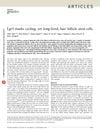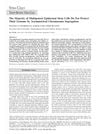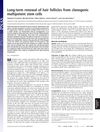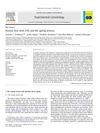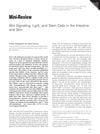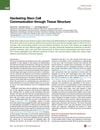Ferreting Out Stem Cells From Their Niches
May 2011
in “
Nature Cell Biology
”
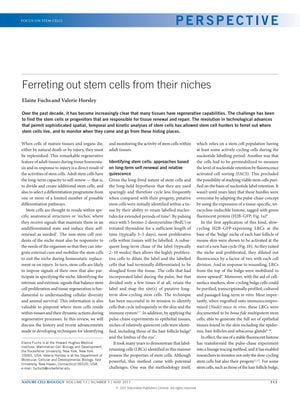
TLDR New methods have greatly improved our understanding of stem cell behavior and roles in the body.
The document from May 01, 2011, reviews advancements in stem cell research, particularly in identifying and monitoring stem cells within adult tissues. It discusses the use of pulse-chase experiments with nucleotide labeling and a tetracycline-inducible H2B-GFP tag to trace stem cell lineages, highlighting the activation of hair follicle stem cells during new hair cycles or in response to wounding. The review also covers genetic lineage tracing using Cre recombinase and reporter genes to track stem cell progeny in tissues like the hair follicle and intestine, mentioning the use of Sox9 and Lgr5 promoters and the 'brainbow' mouse model for visualizing stem cell progeny in various colors. Additionally, it describes the use of confocal and two-photon microscopy for real-time observation of hematopoietic stem cells and reveals that markers for murine spermatogonial stem cells actually define a heterogeneous population. The document concludes that these methods have significantly advanced the understanding of stem cell behavior, including their longevity, niche residence, and roles in homeostasis and wound repair, and anticipates that these technologies will continue to provide novel insights into stem cell dynamics.
